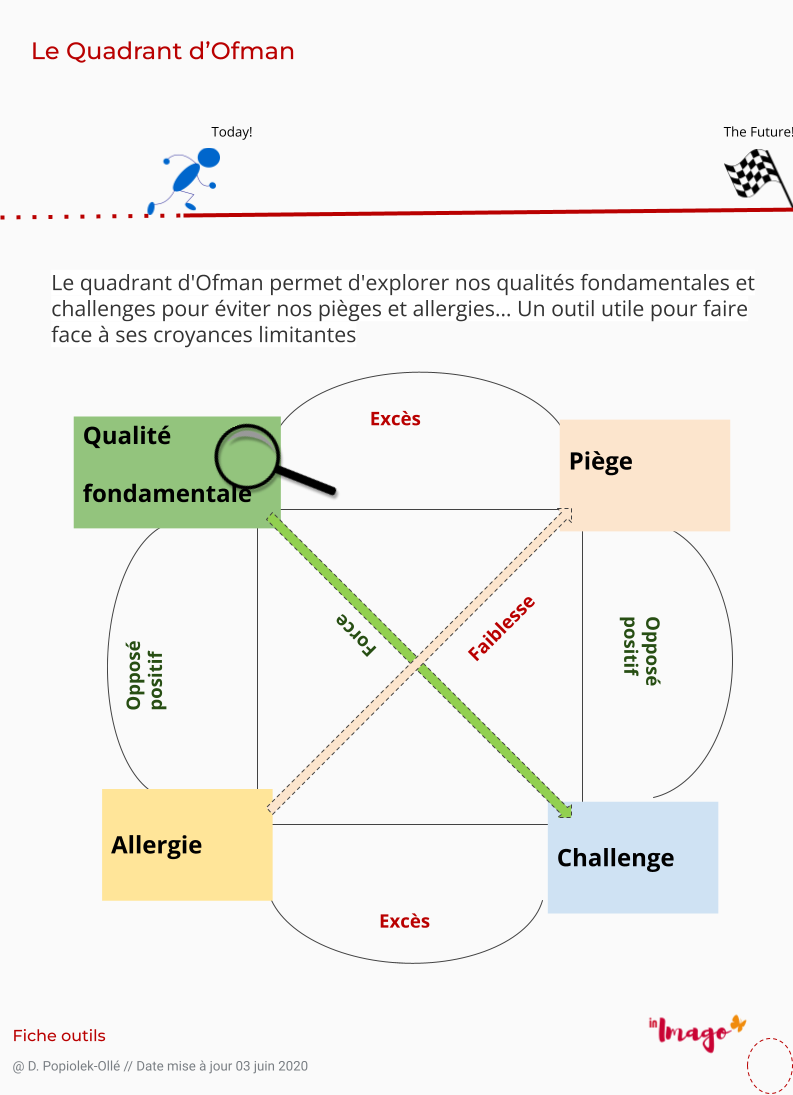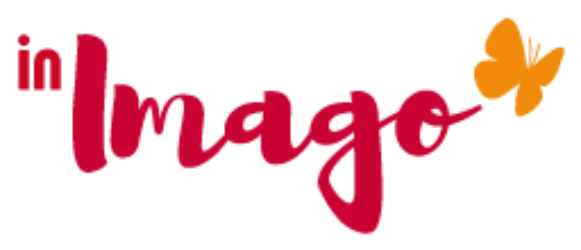Belief is what we consider to be true without ever questioning or seeking evidence in our current life.
Beliefs are assumptions and convictions that we take for granted based on past experiences. Some are incredibly significant in our lives, eventually becoming our core values.
Our values are our compasses.
Highlighting what we dislike, what limits us, allows us to take time for ourselves and decide once and for all to enjoy what we really are.
For that, we will have to listen to our body. The latter allows us, in an animal way, to know even before a situation occurs what we like and what we dislike. It happens in our guts very often. Where the memory of our emotions is housed.
Belief is what we take for granted … without ever questioning it or seeking proof of its existence in our current context.
Each of our judgments is causally conditioned as shown in the diagram above. However, all these causes are not sufficient reasons to delay an experiment, to dissuade oneself, to submit …
Beliefs and knowledge
In the broad sense, we can define belief as follows: it is a mental state which leads to assent to a certain representation, or to pass a judgment whose objective truth is not guaranteed and which does not come with an subjective feeling of certainty. In that sense, it is synonymous with opinion..
To believe something is therefore to assent to something, without however being certain of it. In its general sense, belief is therefore opposed to knowledge insofar as it is only more or less true (= possible).
Example: that of a young woman who every Christmas cuts off the rump of the turkey before putting it in the oven. His friend is surprised, because in his family, the rump is eaten and considered a delicacy.
He asks the young woman: why are you cutting off the rump?
The young woman replies: in my family, we have always done this.
And do you know why?
Oh no, I never asked the question. Curious, the young woman calls her mother who does not know it either. So she phones her grandmother who tells her that her first oven was too small to fit a turkey. She has kept the habit … It is this habit that has been passed on.
Attitude to belief
The objectives are:
- Identify, bring out the belief
- Limit divert belief
- Undo generalities
Most of the proverbs and quotes are in the order of belief: “work is health”, “drink or drive, you have to choose”, “to be yourself is to be perfect”, “do what I ask you and you will not be punished “,” Together we go faster “…
Most limiting beliefs can be recognized: it is necessary, I must, paradoxical injunctions, quotations, the use of verb to reduce or reduce …
The belief is often subconscious: if I am perfect, I am safe. The cause and effect links are:
Perfection -> Acceptation-> Belonging -> Security
Reflex or cause-and-effect reactions
By identifying the beliefs that limit or no longer hold us back when we grow up, we can put an end to our knee jerk reactions. Those related to our hidden emotions, buried in us like: “You suck, my girl. What are we going to do with you?”, “Be strong my son. Boys never cry”.
These reflex reactions are often more marked when faced with a type of personality that was recorded as dangerous, or conversely protective.
Which often causes us to be in conflict with ourselves when we meet these personalities in our professional life or in our everyday life. Faced with them, we lose our means or are irritated against ourselves, or against them, who bring to our eyes the weaknesses that we have so well buried under our convictions!
Hofman’s quadrant
Un des outils magiques du coach est le quadrant d’Hofman. Ce dernier permet de mettre en évidence nos valeurs, nos boussoles et d’en déduire, tout en douceur, celles qui par opposition nous lient.
One of the magical tools of the coach is the Hofman quadrant. The latter makes it possible to highlight our values, our compasses and to very gently deduce, those which in opposition bind us.

L’objectif du Quadrant est de nous faire prendre conscience de notre ligne de force, de puissance. En repérant nos allergies, les situations dans lesquelles nous perdons pied, nos croyances, nous identifions nos peurs. En y faisant face, petit à petit, nous prenons confiance en nous. Il nous propose un regard croisé, un miroir pour nous regarder tout en observant ce que l’autre fait raisonner en nous.
The objective of the Quadrant is to make us aware of our line of force, our line of power. By identifying our allergies, the situations in which we lose control, our beliefs, we identify our fears. By facing it, little by little, we gain self-confidence. It offers us a crossed gaze, a mirror to look at us while observing what the other makes reason in us.
Learn more about the quadrant
Rehabilitate your compass
By repositioning yourself on your values, you will thus detect your desires and what you no longer want.
The emotions felt when you go against your values because you have to … DO IT Like this … are an alert that tells you that you are losing course … It’s up to you to decide now . You are the sole judge of your beliefs, but be gentle with yourselves.
By removing the judgment on others, on you, you get an opportunity to change your outlook.
By chasing away belief, you enjoy the present moment, bringing a fresh, neutral outlook on things. You will be surprised by the way of doing the other, so different from your way of being, and will thus dare to notice the difference as an equal. This difference is your common space. A course that you can follow together.
Personal development tools
To develop your individual potential, your Mago, personal magician
Breathing exercises
Zen Walk is an invitation to breathe, a moment of grace, that we offer ourselves to turn our gaze inside ourselves
Author: Dominique popiolek-Ollé, Transmutation leader, Agile Executive Coach, Founder of In Imago, management consulting and disruptive transformation.

